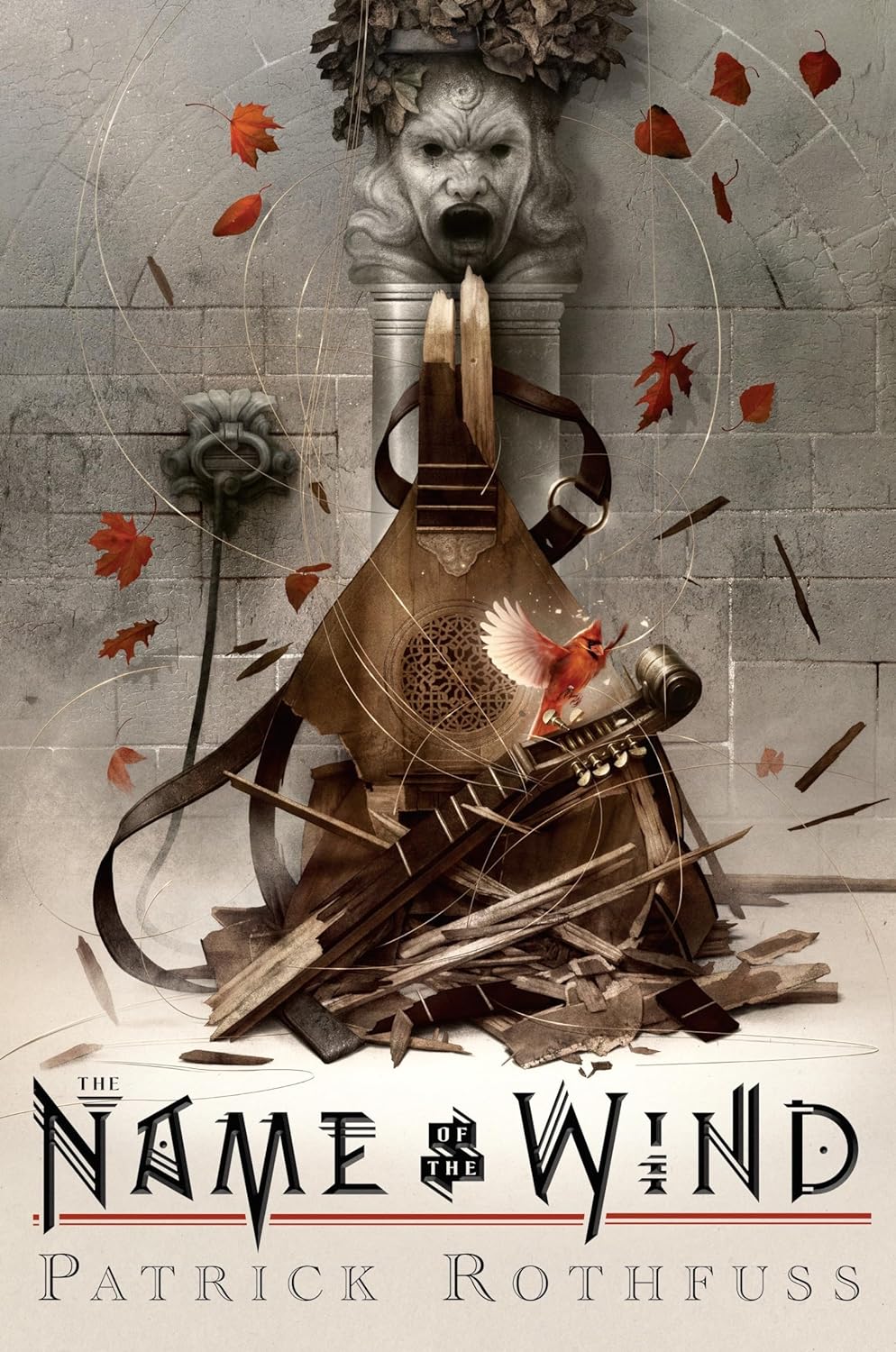
About Me
I hold a dual degree in Physics and Electronics & Instrumentation Engineering from BITS Pilani, Goa campus, and recently completed my MSc in Data Analytics at the University of Sheffield.
My academic journey has fostered a deep passion for Data Science, complemented by hands-on experience in Software Development, Artificial Intelligence, and Robotics.
During my time at BITS, I have worked with the BITS Goa Rover CS team, mainly dealing with path planning, image recognition & tracking.
My technical expertise spans Machine Learning, Natural Language Processing, and Big Data Analysis. I've applied these skills in various roles, including as a Research Assistant at the University of Sheffield, where I worked on understanding ghost behaviors in Ms. PAC-MAN, and as a Software & Security Intern at AMD Inc.
I've also completed projects in parallelized rendering of particle effects leveraging CUDA and enhancing the BERT model for multiword expression detection.
When I'm not studying, I spend my time reading fiction, listening to music, and
My favorite book is Name of the Wind
 by Patrick Rothfuss, my favorite game is Destiny 2, and I’m a big fan of EDM, especially Tobu.
by Patrick Rothfuss, my favorite game is Destiny 2, and I’m a big fan of EDM, especially Tobu.
Contact Details
Vyshnav Varma
+91 6360 491 089
vyshnavvarma12@gmail.com